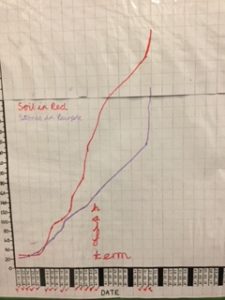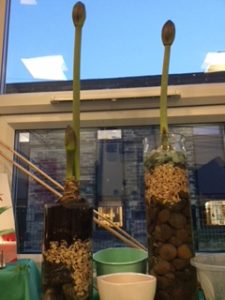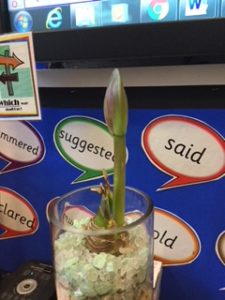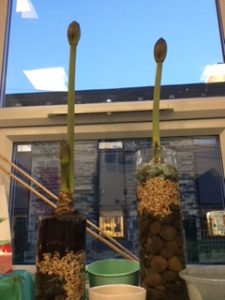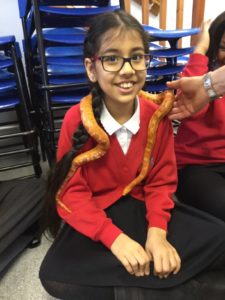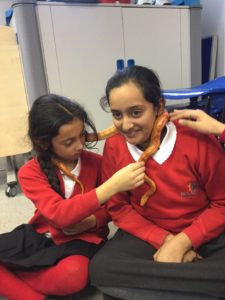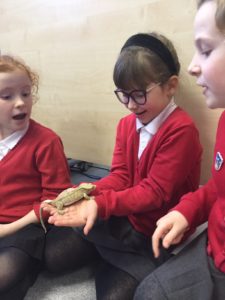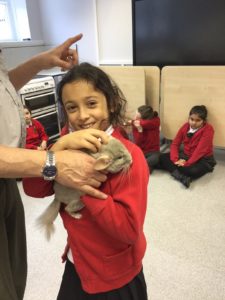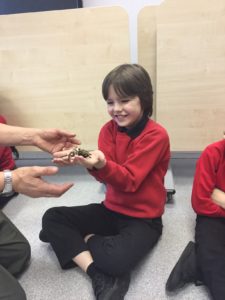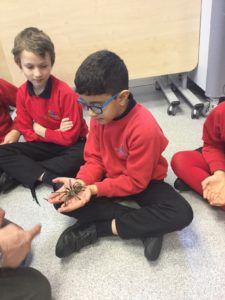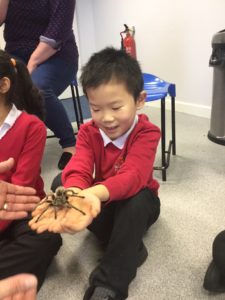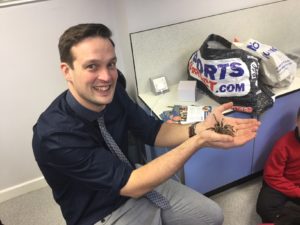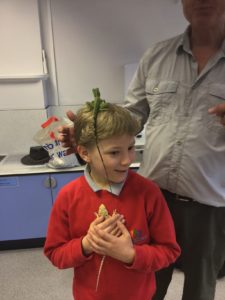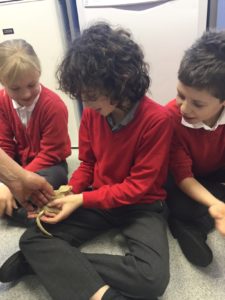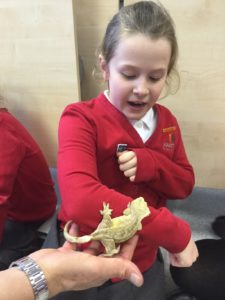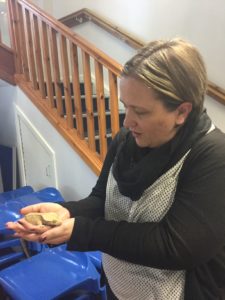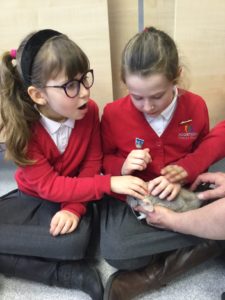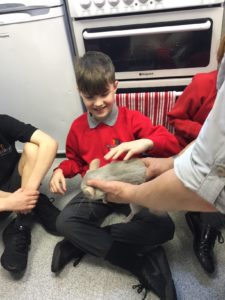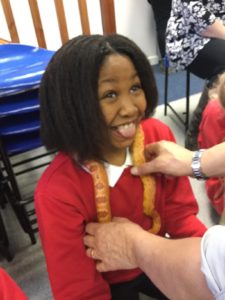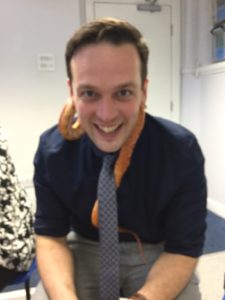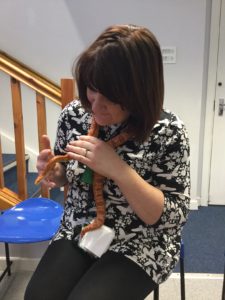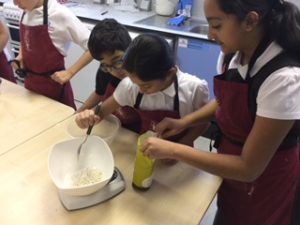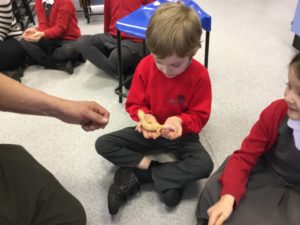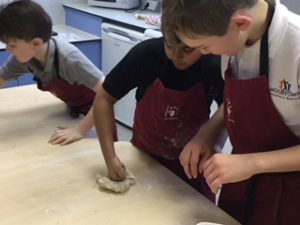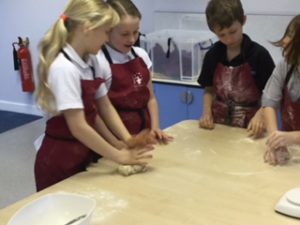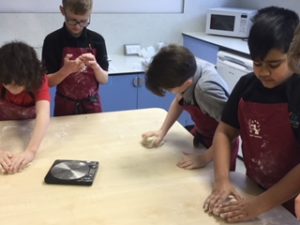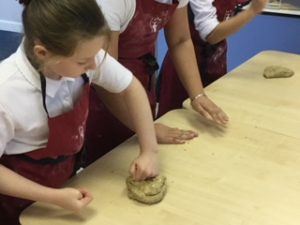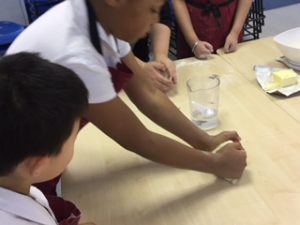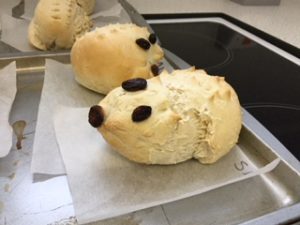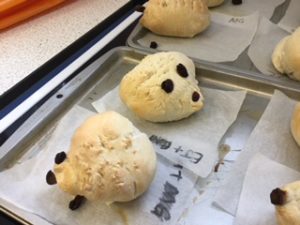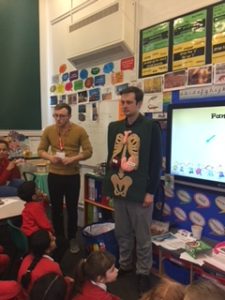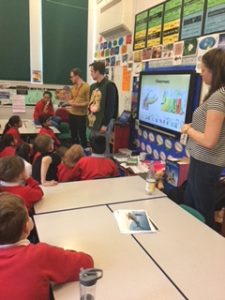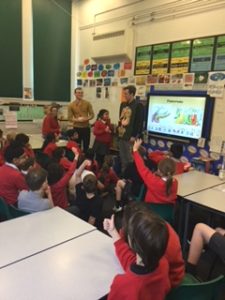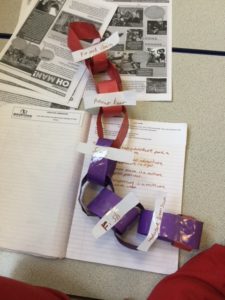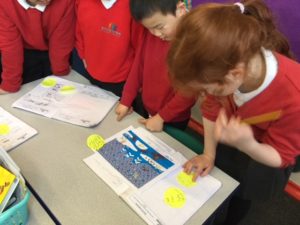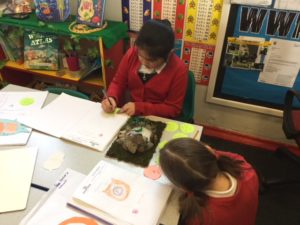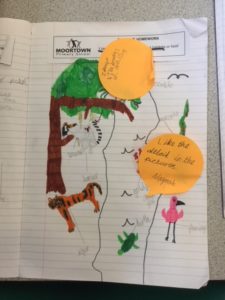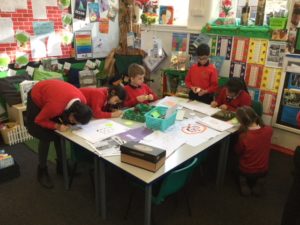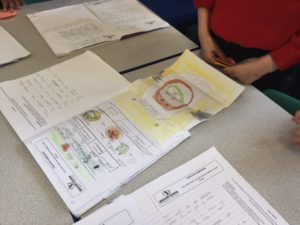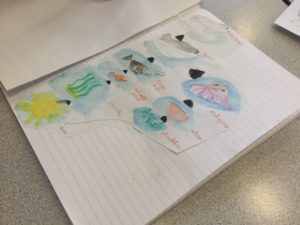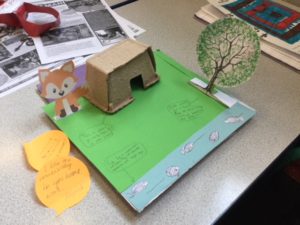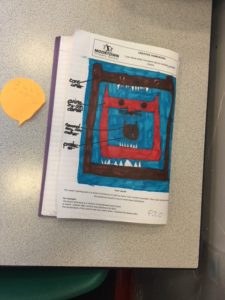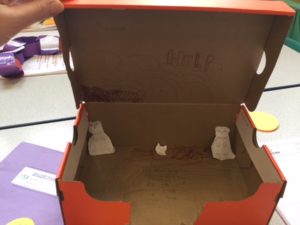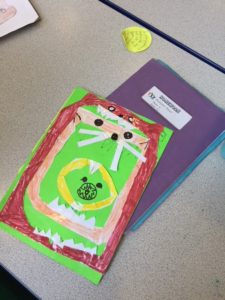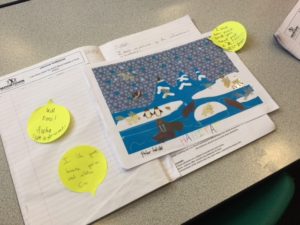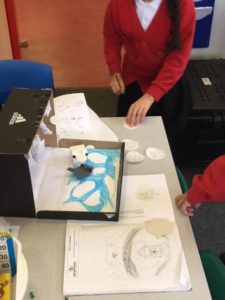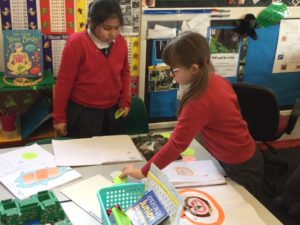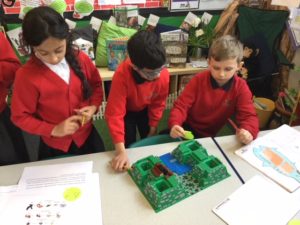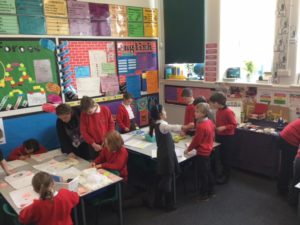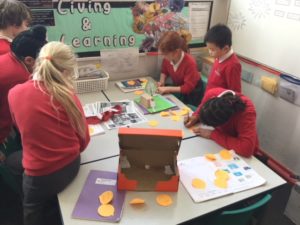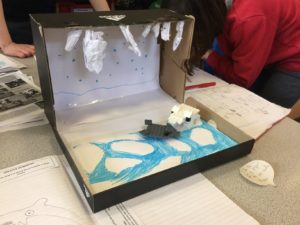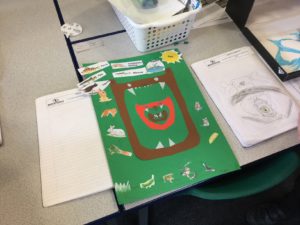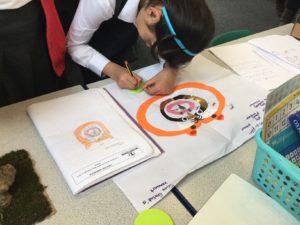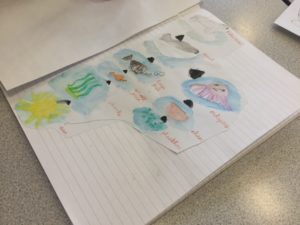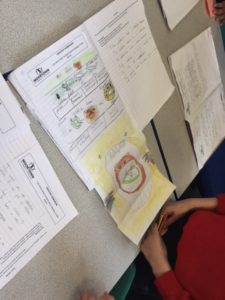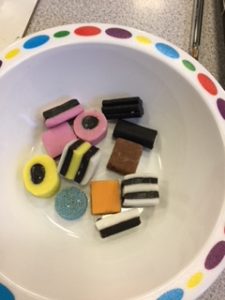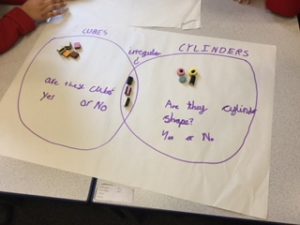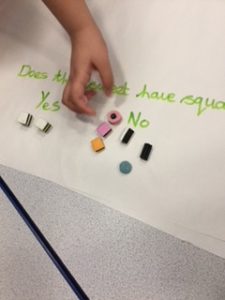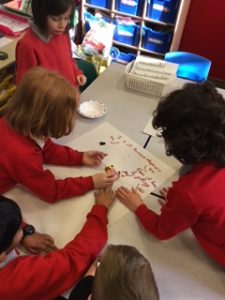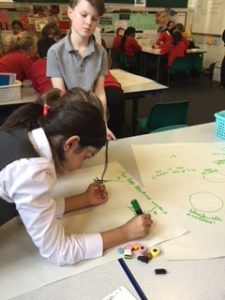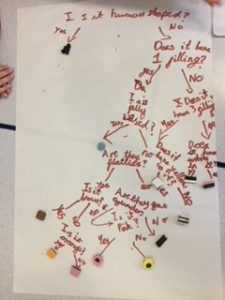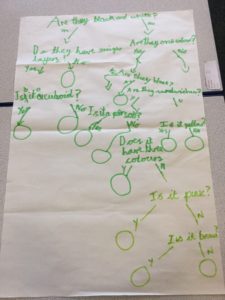Welcome back to what is set to be a very busy half term indeed!
With links to our current topic and history, the Year 3/4 production of Darwin Rocks, is set to be a must see!
With booming beats, groove-filled guitar anthems and a dubious dress-sense, a theatre company from the distant future pays tribute to history’s most famous advocate of evolution in an adventure of discovery.
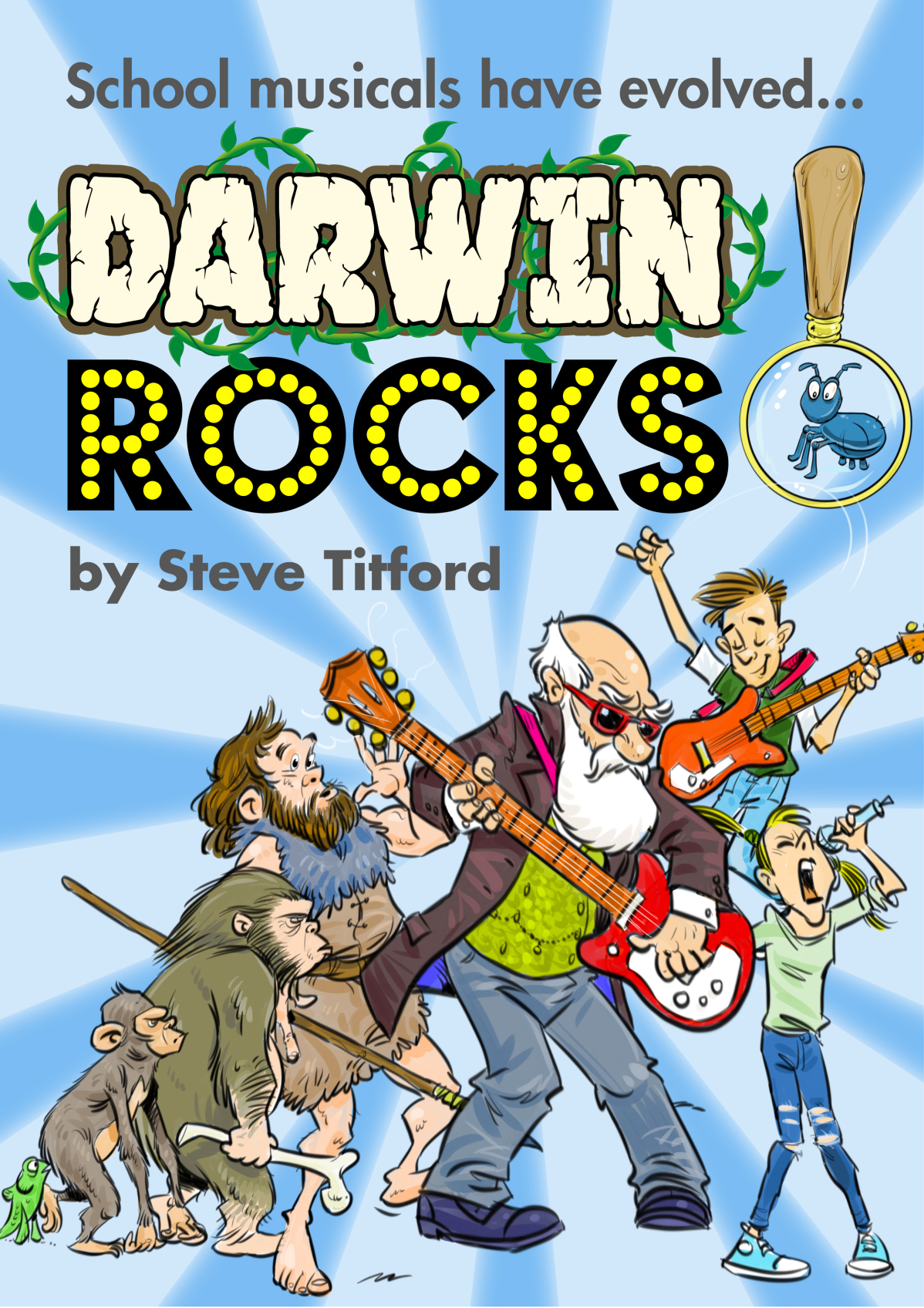
This story is about the work of Charles Darwin.

Charles Darwin was an English naturalist who changed the way humans viewed themselves and the world around them through his amazing ideas on evolution and natural selection.
Auditions to begin next week.
Darwin Rocks coming to a school near you soon!
In our writing lessons. we’ll be looking closely at traditional stories with a big focus on the type of language used. These all-time classics will also form the basis of some reading sessions. Year 4 will be acting out and retelling some of these great tales.
The children will investigate the styles and voices of traditional story language and identify typical story themes, such as good over evil.
As we have an upcoming competition, for PE, we’ll be mainly working on our skipping skills. Some of these are quite technical and will take time to learn. It was great to see lots of the children investing in a skipping rope at school.
Topic ‘Life Forces’
On Monday, the whole school have an onsite workshop.
Meet a Creature, an exciting animal-handling workshop, is coming into school.


The Year 4 workshop will be focused around predators and prey.
Pupils learn the terms predator, prey and producer and make links between plants and animals in the form of food chains. Children will discuss the different diets of animals and learn how herbivores eat the plants and then they are eaten by carnivores, so the food (energy) is passed along the ‘chain’.
Photos to follow!
As always, please feel free to pop in if you have any queries. We’re always happy to help.
